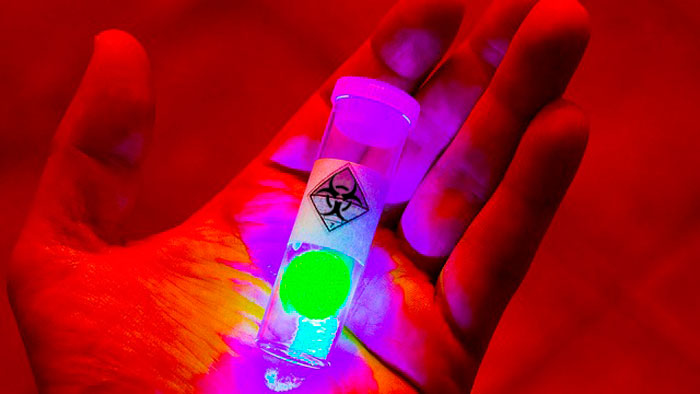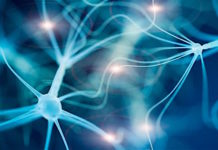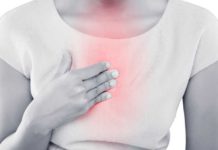 Cooking with chloraminated water could put potentially harmful toxins in your food, according to a new study published in Water Research. The study reveals several molecules that are almost completely new to researchers, created by cooking with chloraminated tap water and iodized table salt. The authors of the study say further studies are needed to find out more about these molecules and their effect, if any, on our health. In the meantime, limiting cooking time and temperature, and cooking with table salt fortified with iodate instead of iodide, could be safest.
Cooking with chloraminated water could put potentially harmful toxins in your food, according to a new study published in Water Research. The study reveals several molecules that are almost completely new to researchers, created by cooking with chloraminated tap water and iodized table salt. The authors of the study say further studies are needed to find out more about these molecules and their effect, if any, on our health. In the meantime, limiting cooking time and temperature, and cooking with table salt fortified with iodate instead of iodide, could be safest.
Our tap water is disinfected before we drink it or use it in cooking. This is done in several ways, including by adding chlorine or molecules called chloramines that are made using ammonia. These two processes — chlorination and chloramination — have an effect on the chemical make-up of the water.
Chlorine or chloramines in your tap water can react with the iodized table salt you add to your food, creating a kind of acid called hypoiodous acid. This in itself isn’t cause for concern, but the acid can then react with the food and other organic matter in the tap water to create cooking iodinated disinfection byproducts (I-DBPs) — molecules that are almost completely new to researchers. For the new study, the team identified some molecules and tested their toxicity.
“I-DBPs formed during cooking with chloraminated or chlorinated tap water are something new to environmental chemists, toxicologists and engineers,” said Dr. Xiangru Zhang, corresponding author of the paper and Associate Professor at the Hong Kong University of Science and Technology. “They are relevant not only to drinking water researchers and practitioners but also to the public.”
The researchers analysed the I-DBPs formed during cooking with chlorinated and chloraminated tap water. They simulated cooking with different types of tap water at varying temperatures and time, and added wheat flour and iodized salt to see what I-DBPs would be formed.
Using cutting-edge chemistry techniques, they identified 14 completely new molecules and determined the structure of nine molecules. They then carried out tests to see how toxic nine of the molecules are and found that some of the molecules are 50-200 times more toxic than others.
“Considering that these molecules could have an adverse effect on our health, we need to study them more to determine exactly what effects they might have,” said Dr. Yang Pan, one of the study’s authors and Assistant Professor at Nanjing University. “We have therefore proposed some practical suggestions to limit their formation during cooking.”
The cooking conditions, such as the type of water and salt used, the cooking temperature and time, had an effect on the formation of I-DBPs. In the study, molecules were present in the simulated cooking water at varying concentrations, from 0.72 to 7.63 micrograms per liter. Adjusting the cooking conditions can minimize the concentrations of I-DBPs in the water.
Dr. Zhang and the team suggest that people use chlorinated rather than chloraminated tap water, and use table salt fortified with potassium iodate instead of potassium iodide. Cooking at lower temperatures, for less time, also limits the formation of I-DBPs.
Source: Yang Pan, Xiangru Zhang, Yu Li. Identification, toxicity and control of iodinated disinfection byproducts in cooking with simulated chlor(am)inated tap water and iodized table salt. Water Research, 2016; 88: 60 DOI: 10.1016/j.watres.2015.10.002














